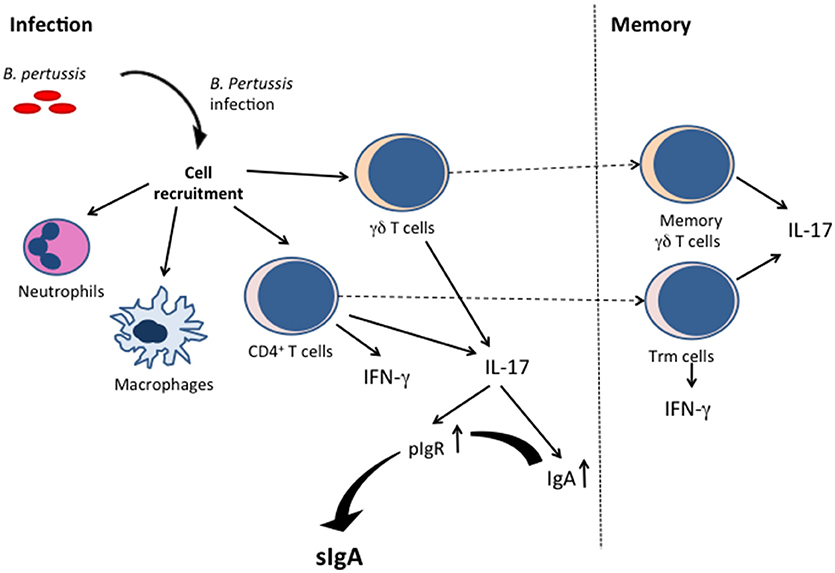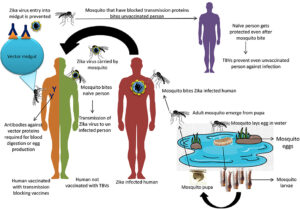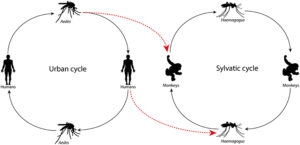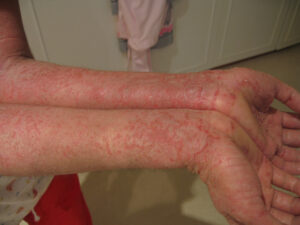Whooping cough, also known as pertussis, is a highly contagious respiratory infection that affects individuals of all ages. Despite advancements in medical science and widespread vaccination programs, this disease continues to pose a significant public health challenge. In this guide, we will explore the causes, symptoms, diagnosis, treatment, and prevention of whooping cough in detail.
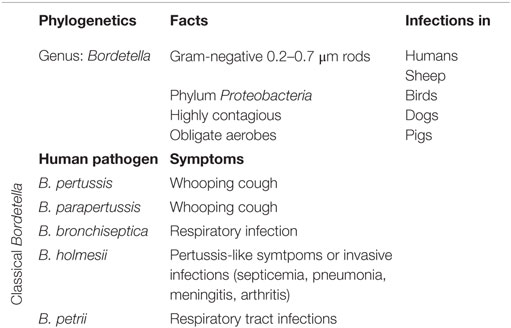
Understanding Whooping Cough
Whooping cough is caused by a bacterium called Bordetella pertussis. This bacterium infects the respiratory tract, leading to severe coughing fits and other complications. The name “whooping cough” comes from the characteristic “whooping” sound that infected individuals often make when gasping for air after a coughing episode.
How Does Whooping Cough Spread?
The bacteria responsible for this condition spread through respiratory droplets. When an infected person coughs or sneezes, tiny droplets containing the bacteria are released into the air. These droplets can be inhaled by others nearby, leading to infection. Close contact with an infected individual significantly increases the risk of transmission.
- Coughing or sneezing in close proximity to others
- Touching surfaces contaminated with respiratory droplets
- Sharing utensils or personal items with an infected person
Symptoms of Whooping Cough
The symptoms of whooping cough typically develop in three distinct stages: the catarrhal stage, the paroxysmal stage, and the convalescent stage. Each stage has its own set of symptoms and challenges.
Catarrhal Stage
This is the initial stage of the infection, which usually lasts for one to two weeks. During this period, the symptoms are mild and resemble those of a common cold. These include:
- Runny nose
- Mild cough
- Sneezing
- Low-grade fever
Because the symptoms are so mild, many people may not realize they are infected during this stage, making it easier for the disease to spread.
Paroxysmal Stage
The second stage is marked by intense and uncontrollable coughing fits. This stage can last for several weeks and is characterized by:
- Frequent and severe coughing episodes
- A “whooping” sound when inhaling after a coughing fit
- Vomiting after coughing
- Exhaustion due to constant coughing
This stage is the most debilitating and is often when individuals seek medical attention. Infants, in particular, may not exhibit the classic “whooping” sound but may experience apnea, which is a pause in breathing.
Convalescent Stage
In the final stage, the coughing fits gradually decrease in frequency and severity. This stage can last for weeks or even months. While recovery begins during this phase, individuals may still experience occasional coughing spells triggered by respiratory infections or other irritants.
Diagnosing Whooping Cough
Early diagnosis of whooping cough is crucial to prevent complications and limit the spread of the disease. Healthcare providers rely on a combination of clinical evaluation, medical history, and laboratory tests to confirm the diagnosis.
Clinical Evaluation
During a physical examination, doctors listen for the characteristic “whooping” sound and assess the severity of coughing fits. They may also inquire about recent exposure to infected individuals or outbreaks in the community.
Laboratory Tests
To confirm the presence of the bacteria, healthcare providers may order specific tests, such as:
- Nasopharyngeal swab: A sample is collected from the back of the nose and throat to detect the bacteria.
- Blood tests: These may be used to check for signs of infection or inflammation.
- Chest X-ray: In severe cases, imaging may be performed to rule out complications like pneumonia.
Treatment Options for Whooping Cough
While whooping cough can be challenging to treat, early intervention can help manage symptoms and reduce the risk of complications. Treatment typically involves antibiotics, supportive care, and monitoring for potential complications.
Antibiotics
Antibiotics are the primary treatment for whooping cough. They work by killing the bacteria responsible for the infection. Commonly prescribed antibiotics include:
- Erythromycin
- Azithromycin
- Clarithromycin
It is important to start antibiotic treatment as early as possible, ideally within the first few weeks of infection, to maximize effectiveness. Even if treatment begins later, antibiotics can still help reduce the spread of the bacteria to others.
Supportive Care
In addition to antibiotics, supportive care plays a vital role in managing symptoms and promoting recovery. This includes:
- Staying hydrated: Drinking plenty of fluids helps prevent dehydration caused by vomiting and excessive coughing.
- Rest: Adequate rest is essential for the body to recover.
- Avoiding irritants: Staying away from smoke, dust, and other respiratory irritants can reduce coughing episodes.
Hospitalization
In severe cases, especially among infants and young children, hospitalization may be necessary. Medical professionals can provide oxygen therapy, intravenous fluids, and close monitoring to manage complications like pneumonia or respiratory distress.
Complications Associated with Whooping Cough
Whooping cough can lead to serious complications, particularly in vulnerable populations such as infants, young children, and individuals with weakened immune systems. Some of the most common complications include:
- Pneumonia: A lung infection that can develop as a secondary complication.
- Dehydration: Caused by frequent vomiting and inadequate fluid intake.
- Seizures: Resulting from high fever or lack of oxygen during coughing fits.
- Weight loss: Due to difficulty eating and drinking.
- Apnea: Temporary cessation of breathing, particularly in infants.
Preventing Whooping Cough
Vaccination is the most effective way to prevent whooping cough. Immunization not only protects individuals but also contributes to herd immunity, reducing the overall spread of the disease.
Vaccination Schedule
The vaccine for whooping cough is typically administered as part of the DTaP (diphtheria, tetanus, and pertussis) vaccine series for children. Booster shots are recommended for adolescents and adults to maintain immunity. The recommended vaccination schedule includes:
- Five doses of DTaP for children at ages two months, four months, six months, 15 to 18 months, and four to six years.
- A Tdap booster shot for preteens aged 11 to 12 years.
- A single Tdap booster for adults who have not previously received it.
Additional Preventive Measures
In addition to vaccination, practicing good hygiene can help reduce the risk of infection:
- Washing hands frequently with soap and water
- Covering the mouth and nose when coughing or sneezing
- Avoiding close contact with infected individuals
- Disinfecting commonly touched surfaces
Whooping Cough in Special Populations
Certain groups are at higher risk of contracting whooping cough or experiencing severe complications. Understanding these risks can help prioritize prevention and treatment efforts.
Infants and Young Children
Infants under six months of age are particularly vulnerable because they are too young to be fully vaccinated. They are more likely to develop severe symptoms and complications, including hospitalization and death.
Pregnant Women
Vaccinating pregnant women with the Tdap vaccine during the third trimester helps protect newborns by transferring antibodies through the placenta. This provides temporary immunity until the infant can receive their first vaccine dose.
Older Adults
Immunity from childhood vaccinations wanes over time, making older adults susceptible to infection. A booster shot is recommended to restore protection and reduce the risk of spreading the disease to others.
Global Impact of Whooping Cough
Despite widespread vaccination efforts, whooping cough remains a global health concern. Outbreaks occur periodically, often due to lapses in vaccination coverage or the emergence of vaccine-resistant strains. Public health initiatives focus on increasing awareness, improving access to vaccines, and conducting surveillance to monitor and control outbreaks.
